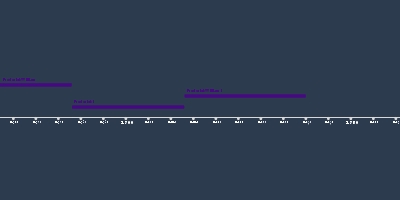Witch craze (1 янв 1300 г. – 1 янв 1650 г.)
Описание:
Estimated around 100,000-200,000 were tried for witchcraft and between 40,000 and 60,000 were executed. 75-85% were women, partly because demonologists were strong misogynists. The elderly were also targeted. Most people viewed woman as weaker so they’d be more inclined to give in to the Devil, also as associated with nature, disorder, and the body, again linked with the demonic.Change from accusatorial legal procedure (suspect knew accusers and charges and could be liable for trial if charges aren’t proven) to inquisitorial procedure (legal authorities brought case). This made people more willing to accuse others, including for witchcraft. Spanish, Portuguese, and Italian were actually quite lenient in treatment for witchcraft. Many women were accused, since devilish acts were often in the women’s sphere, and accusers, as doing so could help them gain economic and social security.
Some people confessed to witchcraft, and the line between reality and fantasy in these cases is uncertain. Most witch hunts started small, but some became witch panics. Witch accusations were most common in the Holy Roman Empire, Switzerland, and parts of France, which were divided and felt more threatened than in Western Europe. Panics brought in more types of people and tended to end when it was clear the accused were not what they thought witches were.
The seventeenth century brought in new ideas about science and reason, gradually diminishing witch hunts.
Добавлено на ленту времени:
Дата:
1 янв 1300 г.
1 янв 1650 г.
~ 350 years
